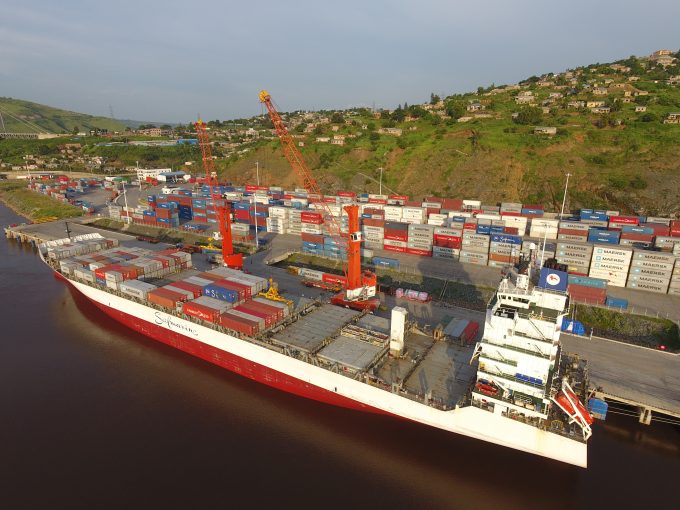Hauliers add surcharge for collections from congested London Gateway
Container haulage firms serving London Gateway in the UK have begun to introduce a £150 ...

The Democratic Republic of the Congo (DRC) last month saw its first gearless containership call when the Safmarine Nuba arrived at Matadi Gateway Terminal (MGT).
Executives at ICTSI-controlled MGT said the arrival of the vessel had marked a turning point in DRC supply chains.
“Progressively, MGT is ...

Comment on this article